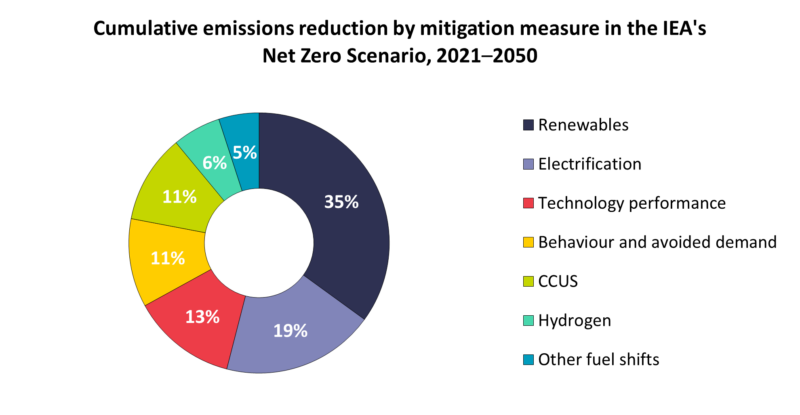The energy sector is in the midst of a technological revolution, driven by the urgent need to meet growing energy demands while reducing environmental impact. Innovations in gas and electricity generation are at the forefront of this transformation. In this article, we will explore some of the remarkable advancements that are reshaping the energy landscape and driving us toward a more sustainable and efficient future.
Gas Generation Innovations
- Combined Cycle Gas Turbines (CCGT):
Combined cycle gas turbines have become a cornerstone of efficient gas power generation. By integrating both gas and steam turbines, CCGT power plants dramatically enhance energy extraction from natural gas. This innovation has significantly improved fuel efficiency and reduced emissions, making CCGT plants an attractive choice for clean and efficient energy production.
- Carbon Capture and Storage (CCS):
In response to the urgent need to mitigate climate change, CCS technologies have emerged as a powerful tool. These systems capture carbon dioxide (CO2) emissions generated during gas combustion, preventing them from entering the atmosphere. Captured CO2 is then safely stored underground, reducing greenhouse gas emissions from gas-based power plants.
- Hydrogen Production from Gas:
Hydrogen has gained prominence as a clean energy carrier. It can be produced from natural gas using steam methane reforming, a process that extracts hydrogen while capturing CO2 emissions. This hydrogen can be utilized in power generation and various industrial applications, offering a low-carbon energy solution.
Electricity Generation Innovations
- Solar Photovoltaic (PV) Technologies:
Solar power continues to see significant advancements. Breakthroughs in solar panel efficiency and cost-effectiveness have paved the way for widespread adoption. Thin-film solar cells, bifacial panels, and integrated solar systems are some of the innovative developments propelling the solar energy sector forward.
- Wind Turbine Design:
Wind energy’s growth is due, in part, to innovations in wind turbine design. Larger, taller turbines with advanced blade designs and lightweight materials now capture wind energy more efficiently, resulting in higher energy output for wind farms.
- Advanced Energy Storage:
Energy storage technologies, especially lithium-ion batteries, are revolutionizing the electricity sector. These systems allow surplus energy from renewable sources to be stored efficiently, ensuring a consistent and reliable power supply, even when the sun isn’t shining or the wind isn’t blowing.
- Smart Grids:
Smart grid technologies are ushering in a new era of electricity distribution and management. These systems incorporate sophisticated monitoring, automation, and communication tools, enabling better demand response, enhanced grid resilience, and optimized energy use.
- Nuclear Innovations:
The nuclear energy sector is exploring advanced technologies, such as small modular reactors (SMRs) and thorium reactors, which offer the promise of safer and more sustainable nuclear energy production with reduced nuclear waste.
Grid Integration and Energy Management
Efficient grid integration and energy management are essential components of the energy transformation. These innovations enable the smooth integration of variable renewable energy sources like wind and solar into existing energy grids while ensuring grid reliability and stability.
Challenges and Considerations
While these innovations are promising, several challenges must be addressed:
- Environmental Impact: It is crucial that technological advancements prioritize sustainability and minimize environmental impact to ensure that energy generation remains consistent with efforts to combat climate change.
- Energy Storage: Further research and development in energy storage technologies are needed to enhance their efficiency and capacity.
- Infrastructure Investment: Upgrading and expanding energy infrastructure is essential to support the integration of emerging technologies into existing grids.
- Regulatory and Policy Frameworks: Governments and regulatory bodies must adapt policies and provide incentives to facilitate the adoption of innovative energy generation technologies.
Conclusion
Technological advances in gas and electricity generation are driving the energy industry toward a greener, more sustainable, and efficient future. These innovations offer the promise of cleaner and more reliable energy production, aligning with the urgent global mission to combat climate change. As we navigate the challenges of a changing energy landscape, these advancements will be pivotal in shaping a future where energy generation is not only reliable but also eco-friendly.
